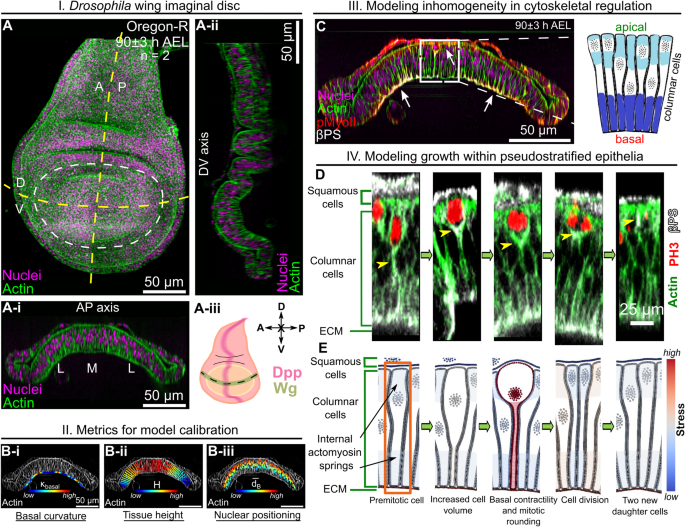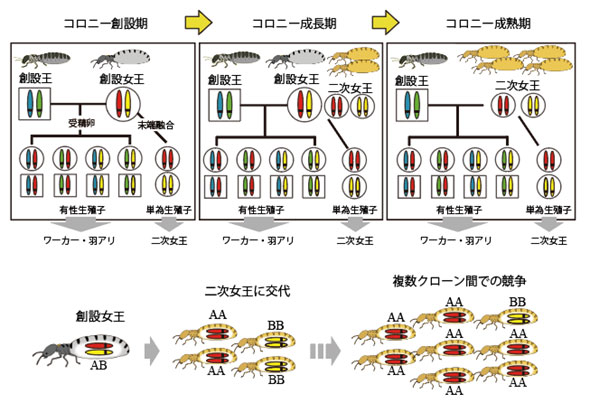2024-05-17 カリフォルニア大学リバーサイド校(UCR)
<関連情報>
- https://news.ucr.edu/articles/2024/05/17/fruit-fly-wing-research-offers-window-birth-defects
- https://www.nature.com/articles/s41467-024-46698-7
ショウジョウバエの翅表発生における組織成長と細胞骨格制御の相反する作用のバランスを解明 Balancing competing effects of tissue growth and cytoskeletal regulation during Drosophila wing disc development
Nilay Kumar,Jennifer Rangel Ambriz,Kevin Tsai,Mayesha Sahir Mim,Marycruz Flores-Flores,Weitao Chen,Jeremiah J. Zartman & Mark Alber
Nature Communications Published:20 March 2024
DOI:https://doi.org/10.1038/s41467-024-46698-7

Abstract
How a developing organ robustly coordinates the cellular mechanics and growth to reach a final size and shape remains poorly understood. Through iterations between experiments and model simulations that include a mechanistic description of interkinetic nuclear migration, we show that the local curvature, height, and nuclear positioning of cells in the Drosophila wing imaginal disc are defined by the concurrent patterning of actomyosin contractility, cell-ECM adhesion, ECM stiffness, and interfacial membrane tension. We show that increasing cell proliferation via different growth-promoting pathways results in two distinct phenotypes. Triggering proliferation through insulin signaling increases basal curvature, but an increase in growth through Dpp signaling and Myc causes tissue flattening. These distinct phenotypic outcomes arise from differences in how each growth pathway regulates the cellular cytoskeleton, including contractility and cell-ECM adhesion. The coupled regulation of proliferation and cytoskeletal regulators is a general strategy to meet the multiple context-dependent criteria defining tissue morphogenesis.


